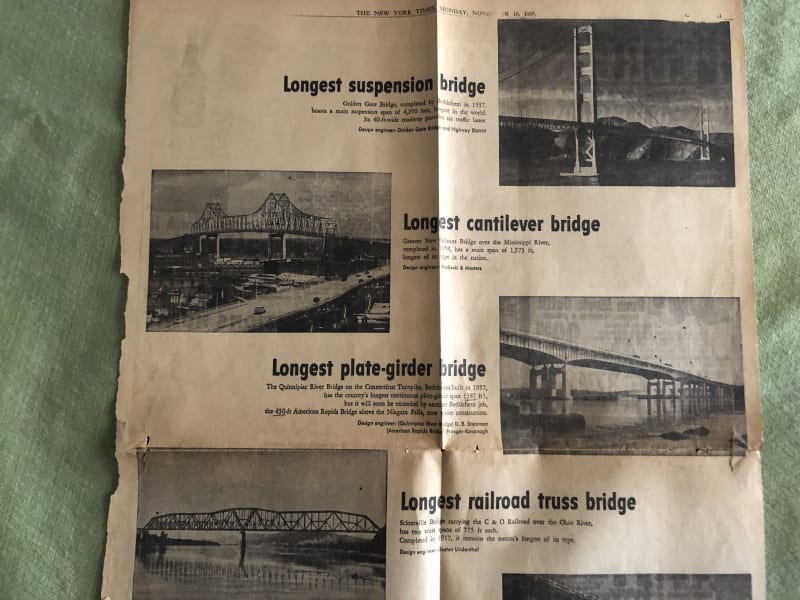Does anyone know what the longest steel girder span or floor beam/stringer span system is in the US? Depth of girder would be a plus.
Looking to do some loooong spans with steel instead of segmental concrete or truss.
I'm looking for structural practicality, the bridge has access to a major waterway so delivery of long pieces is possible
Looking to do some loooong spans with steel instead of segmental concrete or truss.
I'm looking for structural practicality, the bridge has access to a major waterway so delivery of long pieces is possible

